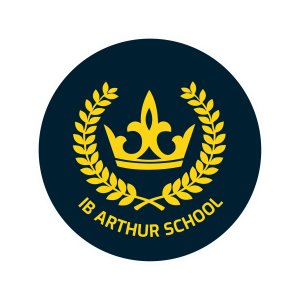Curriculum
The Early Years School at IB Arthur School follows the British Association for Early Childhood Development framework and the newly introduced Cambridge EYS curriculum. The curriculum offers a top-level view of how children develop and learn. This is the stage students are trained to develop key competencies in reading, writing and number concepts.
We assess the EYS learners through continual observation during the school term. Practitioners review learners’ progress and share observations with parents. Parents meet practitioners twice in a term (i.e. mid-term and end of the term) to discuss the progress of the learners.
We believe that keeping classes small allows our teachers to truly understand how each student learns best. The maximum class size is 16. Small class sizes allow us to get to know all of our families and guardians well and develop close partnerships between school and home. Each EYS class is managed by a trained teacher and a teaching assistant. There are also nannies or carers to assist the young learners.
The EYS covers five main areas of learning and development:
Physical Literacy
Provides opportunities for the children to be active and interactive, and to develop their coordination and movement. This programme explores the elements of creative movement, including; dance, rhythm, performance and body awareness. Each week we will work to develop confidence in artistic movement through positive physical activity experience. It develops fundamental movement skills like running, wheeling, throwing, catching and balance. It builds on the skills developed in early childhood into more complex movement patterns and sports skills.
Personal, Social, and Emotional Development (PSED)
Helps the learners to develop a positive sense of themselves and others; form relationships and develop respect for others, and learn how to manage their feelings.
Literacy development
Learners are encouraged to link sounds and letters and to begin to read and write. The children experience a rich language environment to develop their confidence and skills in expressing themselves and speaking and listening in a range of situations.
Numeracy development
Provides learners with opportunities to develop and improve their skills in counting, understanding, and using numbers, calculating simple addition and subtraction problems, and describing shapes, spaces and measures.
Understanding the world
Guides learners to make sense of their physical world and their community through opportunities to explore, observe and find out about people, places, technology, and the environment.
